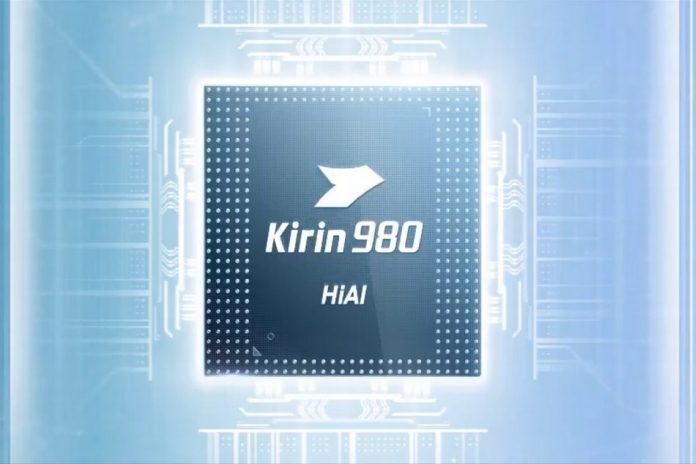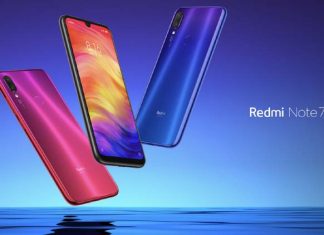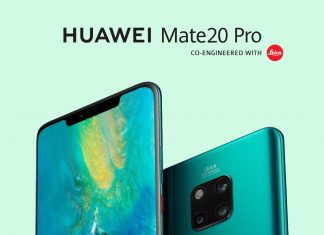All things considered, at last the processor giant Qualcomm is in a bad position, as Huawei is good to go to take the crown. IFA Berlin 2018 saw world’s first 7nm based processor by Huawei. Regarding the speed and precision, till now Snapdragon 845 was the ruler, however, with Kirin 980 chipset Huawei demonstrated an ideal successor of HiSilicon Kirin 970. The Kirin 980 SoC is produced by Taiwan Semiconductor Manufacturer Company (TSMC) on their 7nm process, which packs 6.9 billion transistors inside a “1 square amazing”, up by 1.6 times from the past age.
At the point when it comes to smartphone industry, Huawei may not appear as the pioneer. Be that as it may, the tremendous inclusion of Huawei in the telecommunication division makes it one of the biggest tech giant on the planet. The commitment of this 31 years old organization in innovation division is enormous, you knew about Xiaomi or Oppo, they are simply smartphone makers yet Huawei has a huge investment in developing network bands, manufacturing of internet modems and many more network devices.
Huawei Kirin 980 is an octa-core chipset built on the most recent 7nm process, which is extremely power efficient and enables producer to fit greatest number of transistors in a solitary chip.
The two big cores running at 2.6GHz kick in while saddling undertakings like advanced gaming. Two middle cores with clock rates of 1.92GHz help less-serious procedures like surfing or presenting via web-based networking media, while the four power efficient Cortex-A55 cores keep running at 1.8GHz. These are best utilized for processes or playing music, since they sap less vitality. The processor can likewise tap distinctive kinds of cores without a moment’s delay to expand execution and effectiveness. Power productivity gains are the primary payback of interest in 7nm. Huawei said it’s around 58 percent more productive, in view of its own and TMSC’s numbers. Yet, a little line estimate implies that there is space for more transistors, as well. Huawei asserted the double Image Signal Processor gives both power and proficiency benefits: 46 percent quicker, however utilizing 23 percent less power when recording.
“Last year, we showed the world the potential of on-device AI with the Kirin 970 and this year, we’ve designed an all-round powerhouse that not only features outstanding AI capabilities, but also brings cutting-edge raw performance to consumers,” Yu , he said that the new SoC is equipped with dual NPU (Neural Processing Unit).
“The Kirin 980 is the ultimate engine to power the next-generation productivity and entertainment applications,” Yu added.
The new Kirin chipset is the Mali G76 GPU, which should offer 30 percent more efficiency and let devices run a wider variety of high-end games. And the GPU will be powered by Huawei’s GPU turbo technology.
Kirin 980 backs dual AI systems, for example, Caffee, Tensorflow and Tensorflow Lite, and gives a suite of instruments that disentangles the trouble of designing on-device AI, enabling engineers to effortlessly take advantage of the main preparing intensity of the double NPU. Kirin 980 receives another pipeline devoted to handling video catches, enabling the camera module to shoot recordings with 33 percent shorter delay, Huawei mentioned.
























